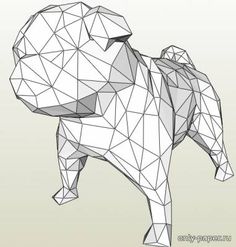


pug doesn't use title locally instead, the template it extends, layout. json file to run nodemon and delete the test script: defines a local title variable in index. 🛠️ Create a dev script command in your package. The command above is the equivalent of running npm install -save -dev nodemon. 🛠️ As such, install nodemon as a development dependency: npm i -D nodemon

You'll use nodemon to monitor your project source code and automatically restart your Node.js server whenever it changes. js: touch index.js Create an npm script to run the application 🛠️ Then, create the entry point of the application, a file named index. 🛠️ Execute the following command within the whatabyte -portal directory to initialize your Node.js project with default settings: npm init -y 🛠️ Create a project directory named whatabyte -portal anywhere in your system and make it your current directory: mkdir whatabyte-portal If you need to install Node.js and npm, use any of the official Node.js installers provided for your operating system. We tested this tutorial using Node.js v12. You'll build a login portal for a restaurant named WHATABYTE using server-side rendering (SSR): Look for the 🛠️️ emoji if you'd like to skim through the content while focusing on the build steps. Pug is simply too alien from native HTML and resembles a lot more like those other off-side rule languages like Python.In this tutorial, you'll learn how to build a simple and clean Node.js server-side rendered application using the Express framework and Pug templates styled with CSS.Īs a bonus, you'll learn how to streamline your Node.js development workflow by using nodemon to restart the server and browser -sync to reload the browser whenever relevant source files change. Pug templates are nice for Python programmers who don't want to learn HTML to start writing web pages and develop some entire websites personally from the ground up, but for any serious project that involves more than half a dozen people and has separate positions of web UI designers, front-end developers, and back-end engineers, it's much better to choose something more closely compatible with native HTML as the template engine. Off-side rule templating language not working well with native HTML plain HTML pages usually can contain very deeply nested structures, whether they are hand-written by web UI designers or generated from popular web design tools or taken from existing HTML templates, which are a nightmare for front-end engineers to convert into Pug templates, where you have to take care of handling the indentation rules and the deeply nested HTML elements, even creating multiple blocks that don't have any meaning in terms of business logic, just to house the HTML elements within bearable amounts of indentations.


 0 kommentar(er)
0 kommentar(er)
